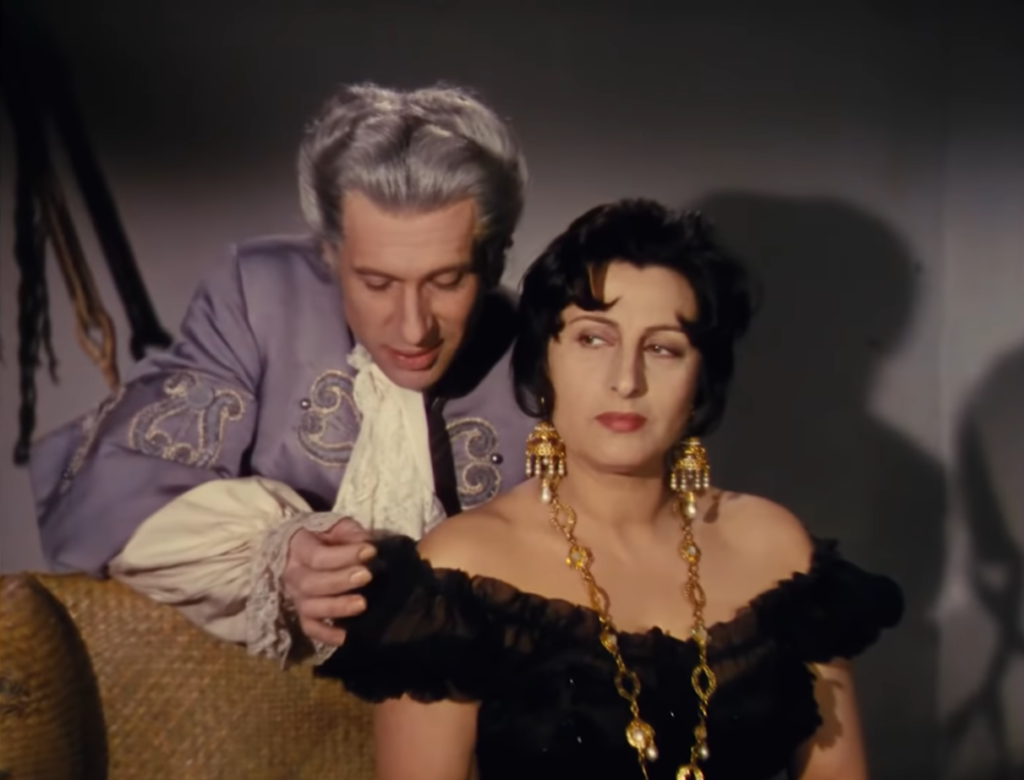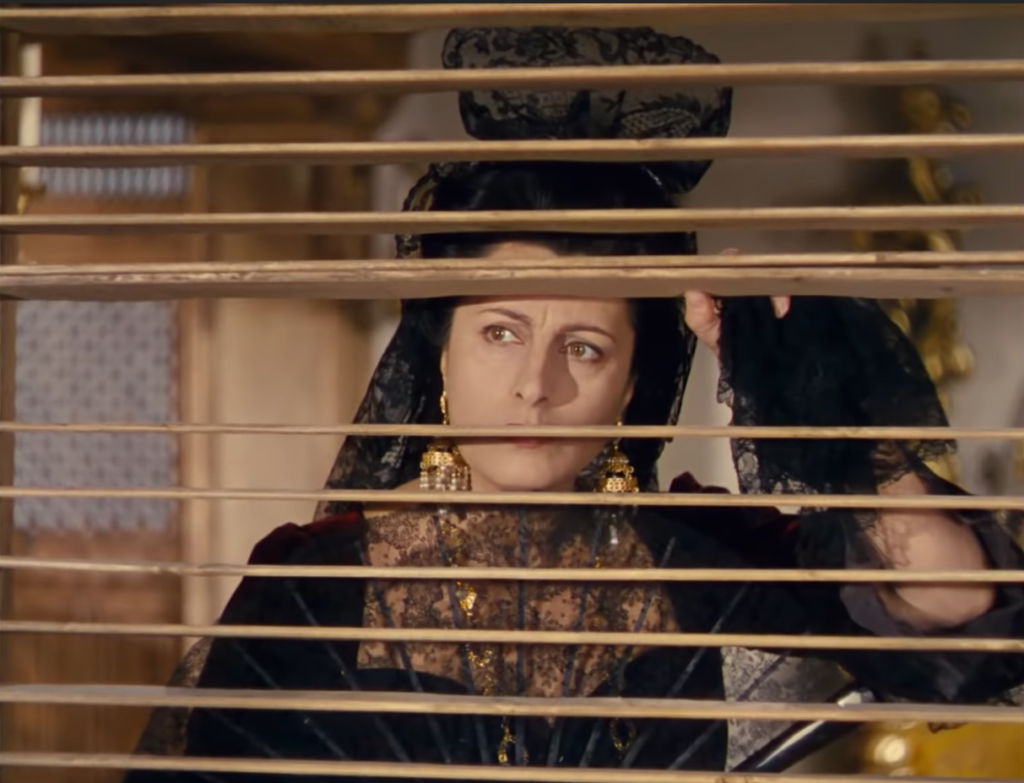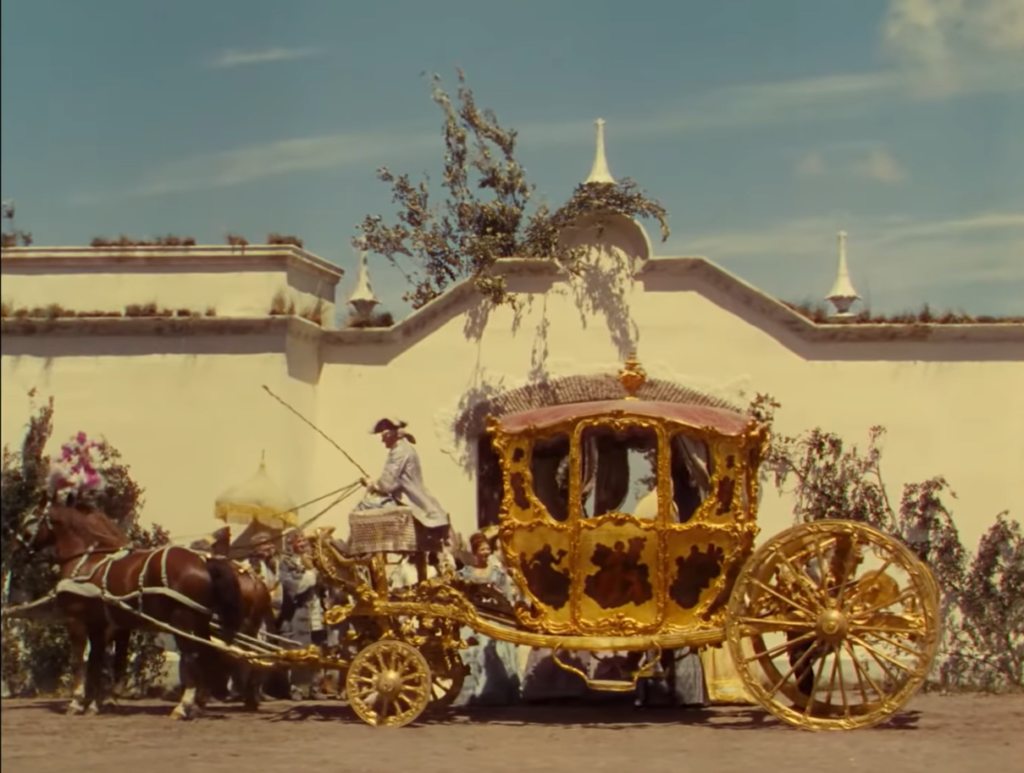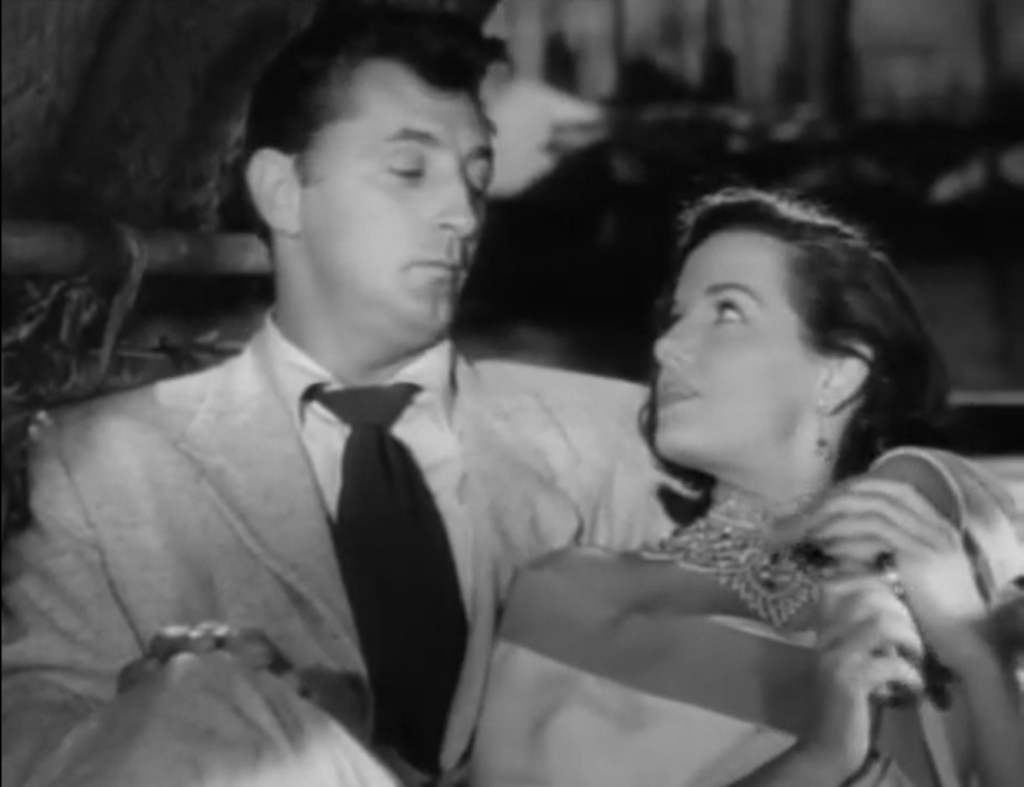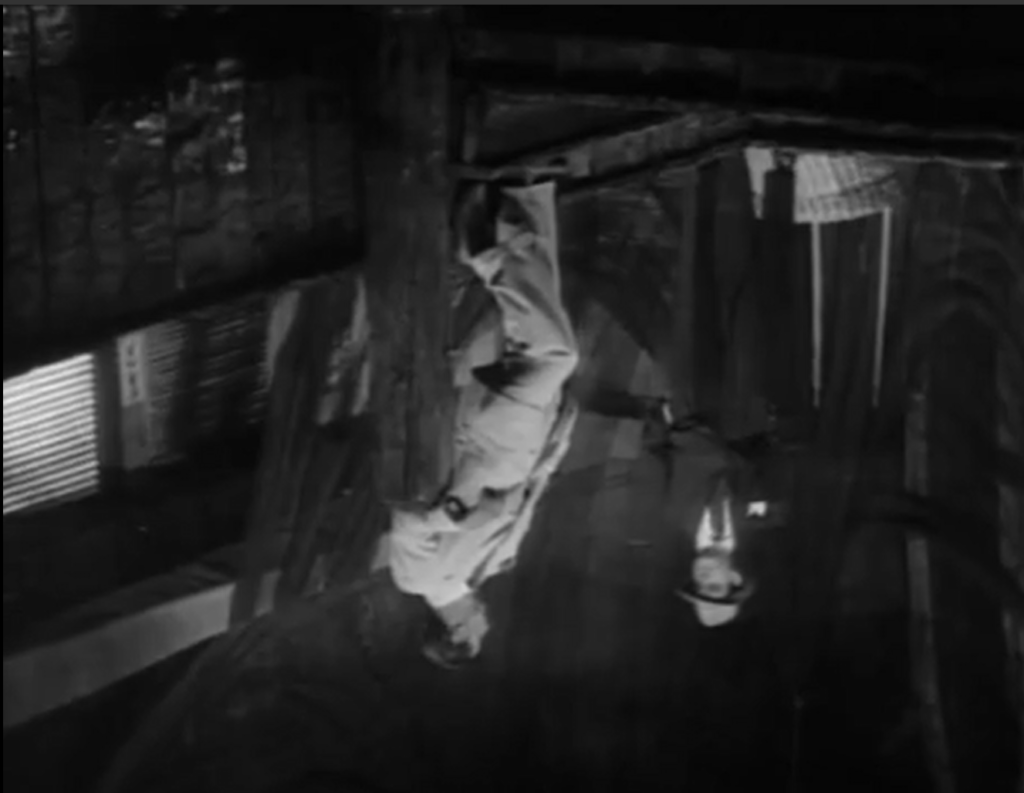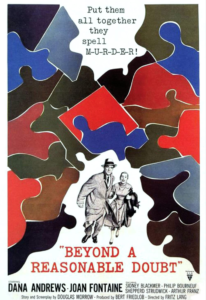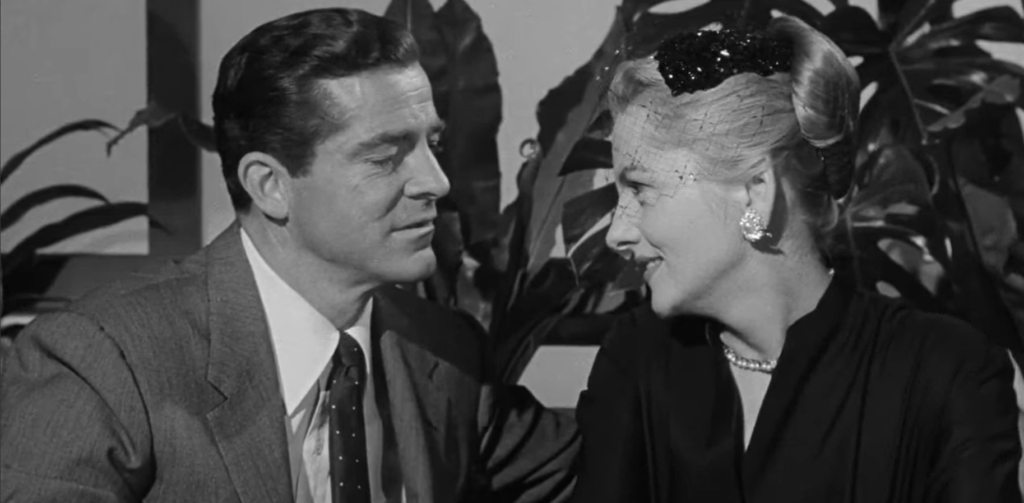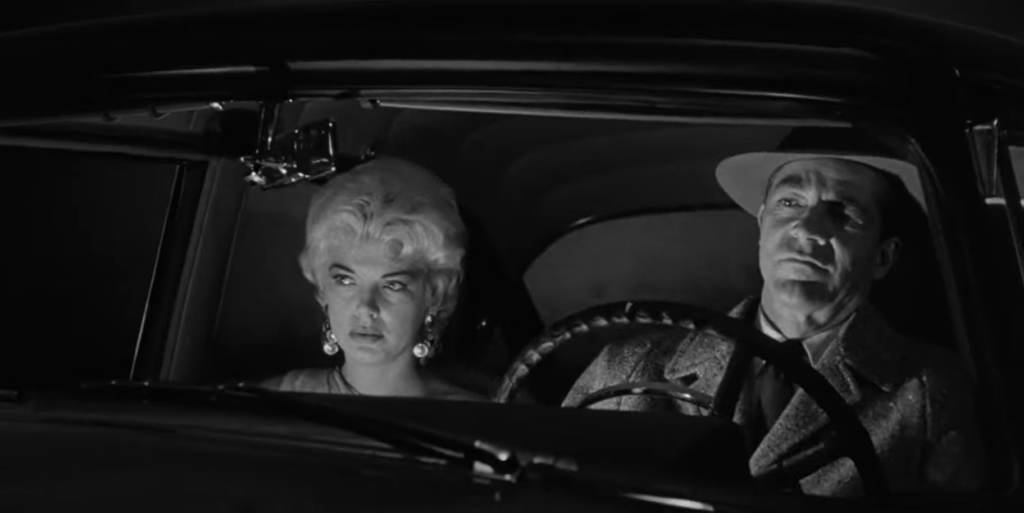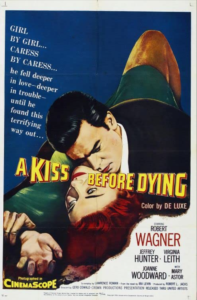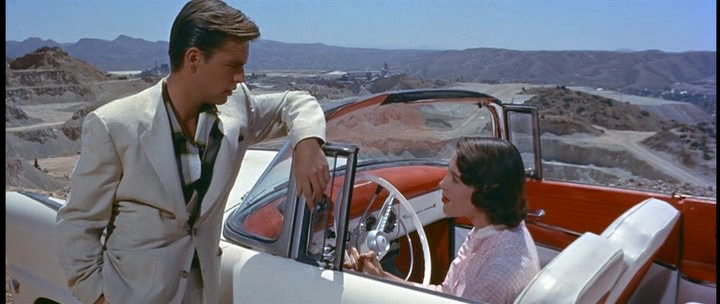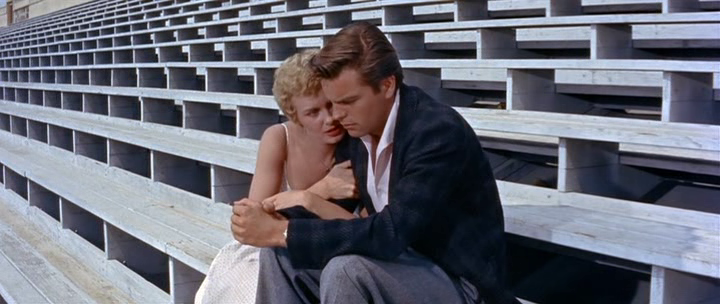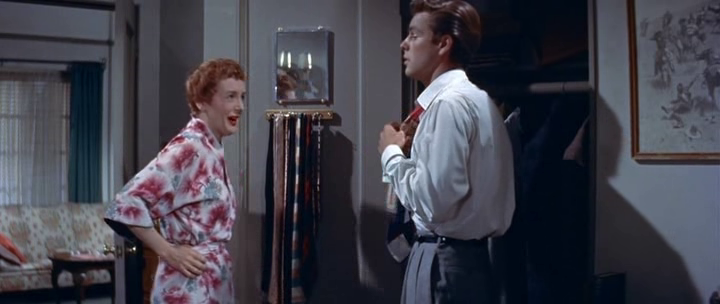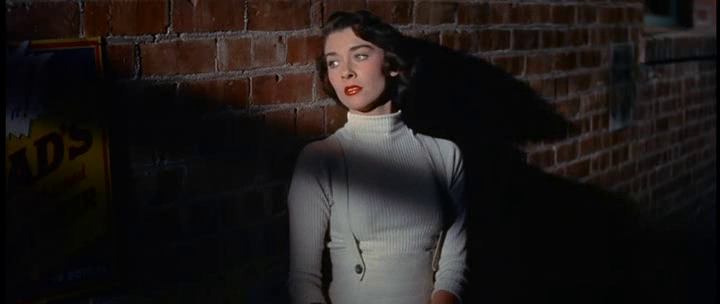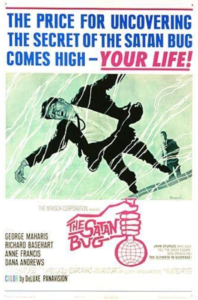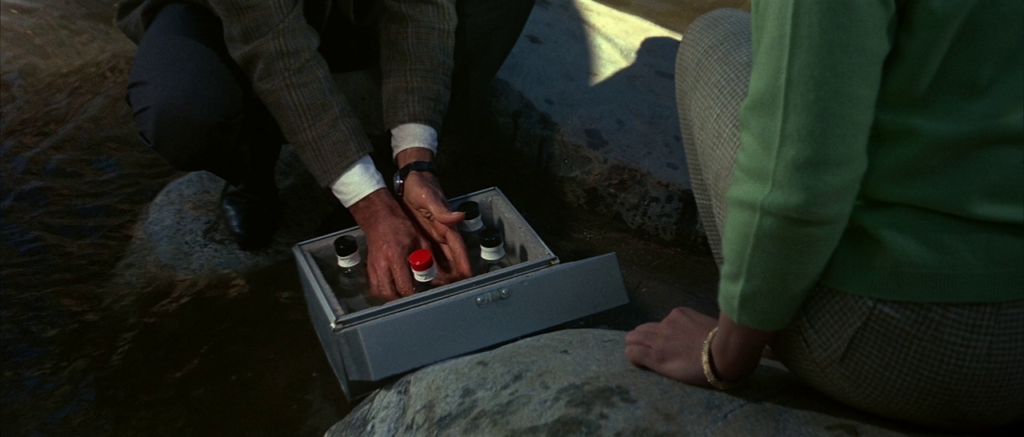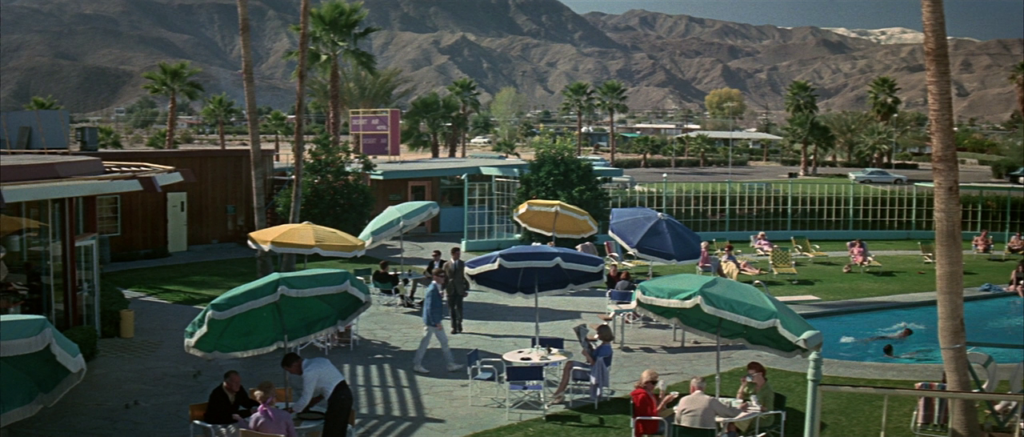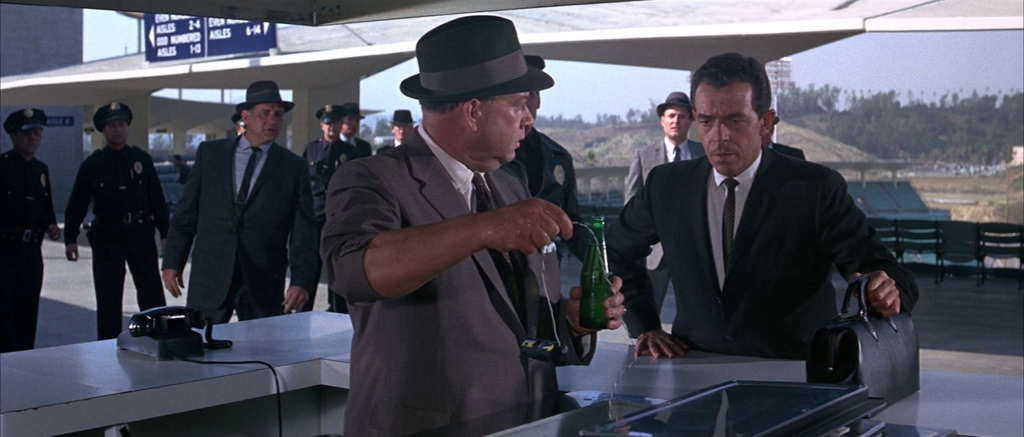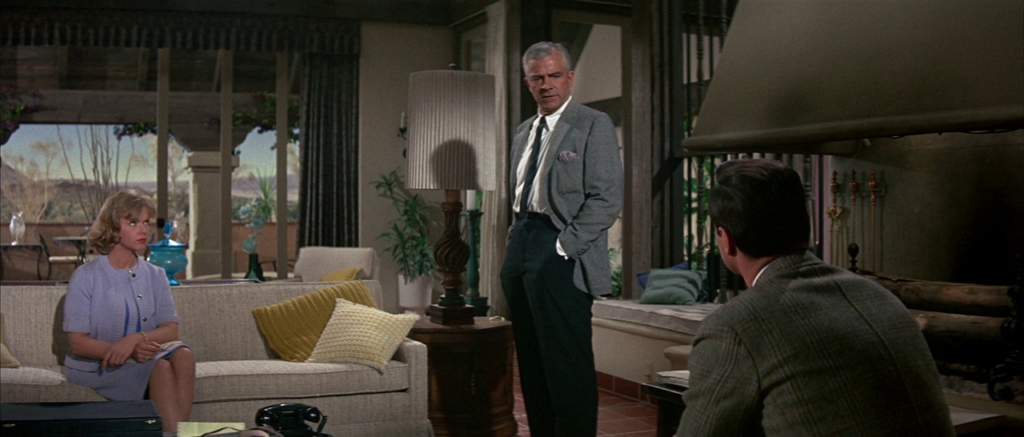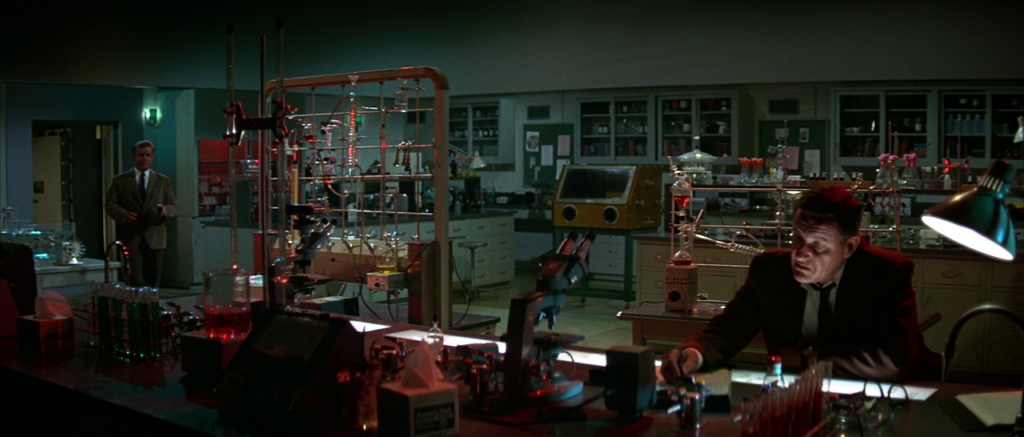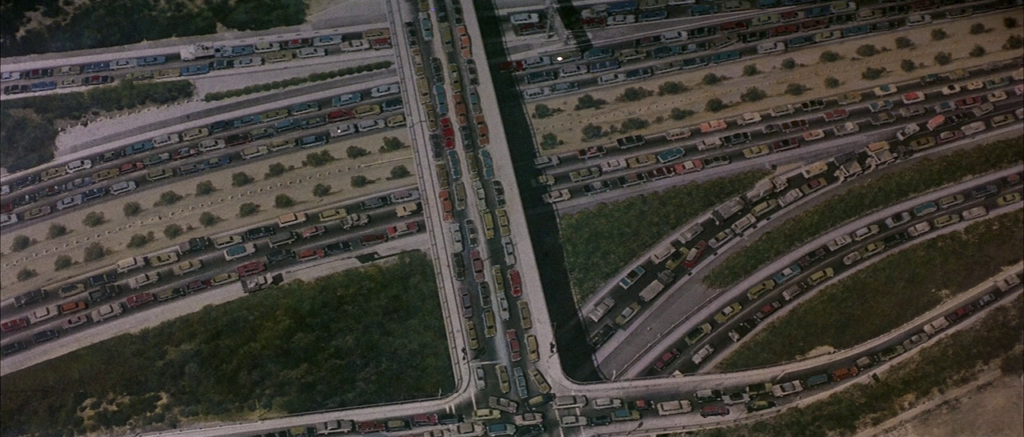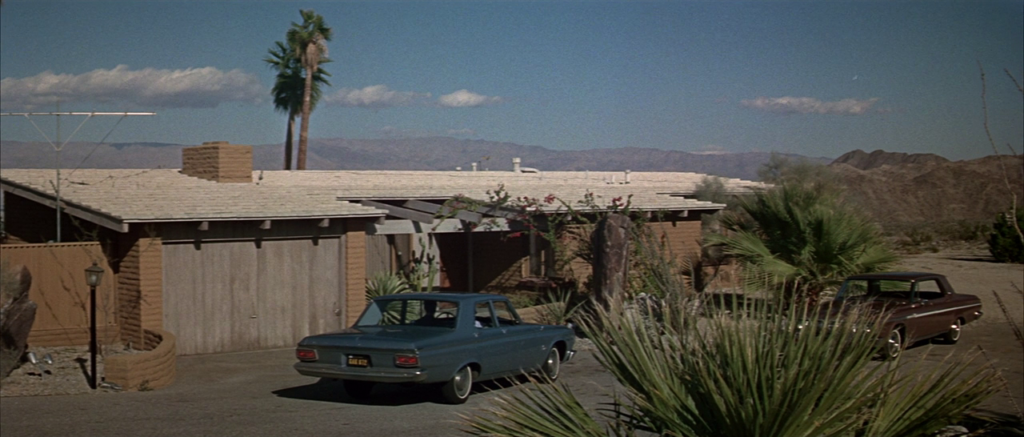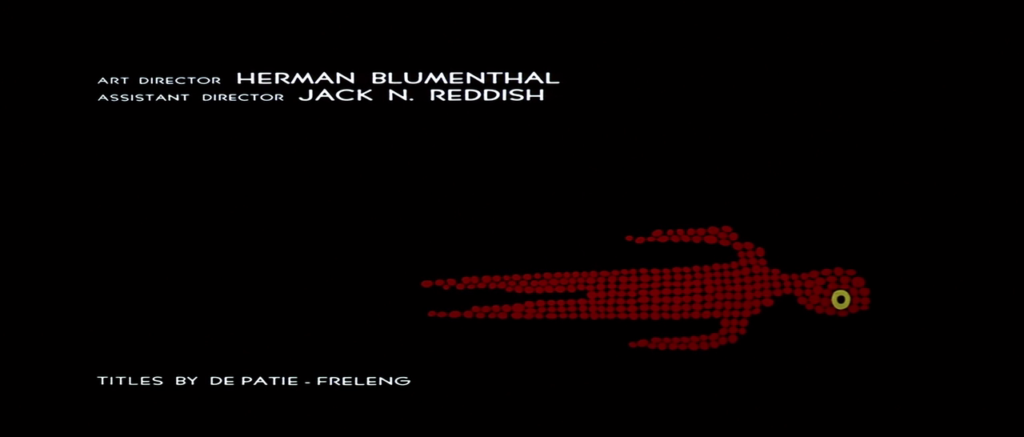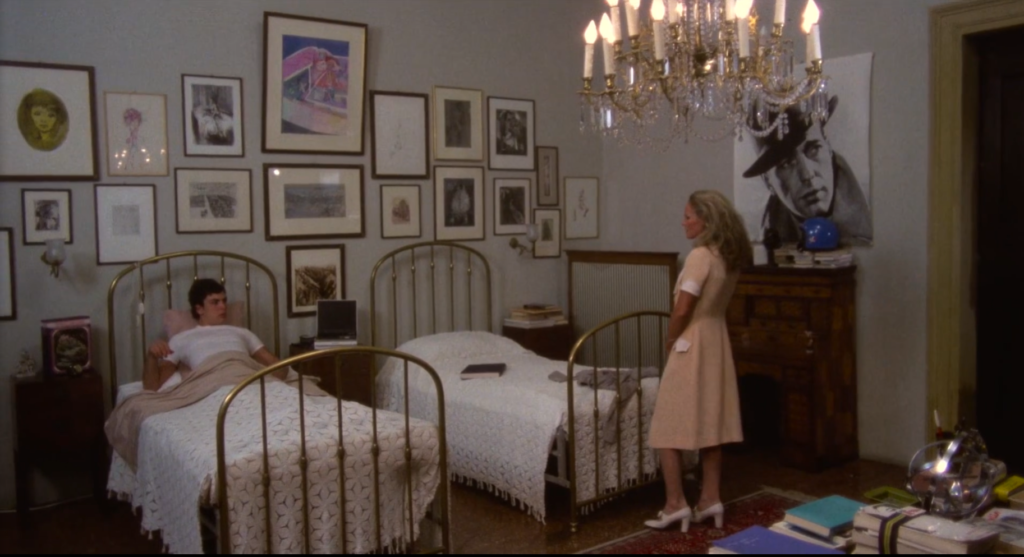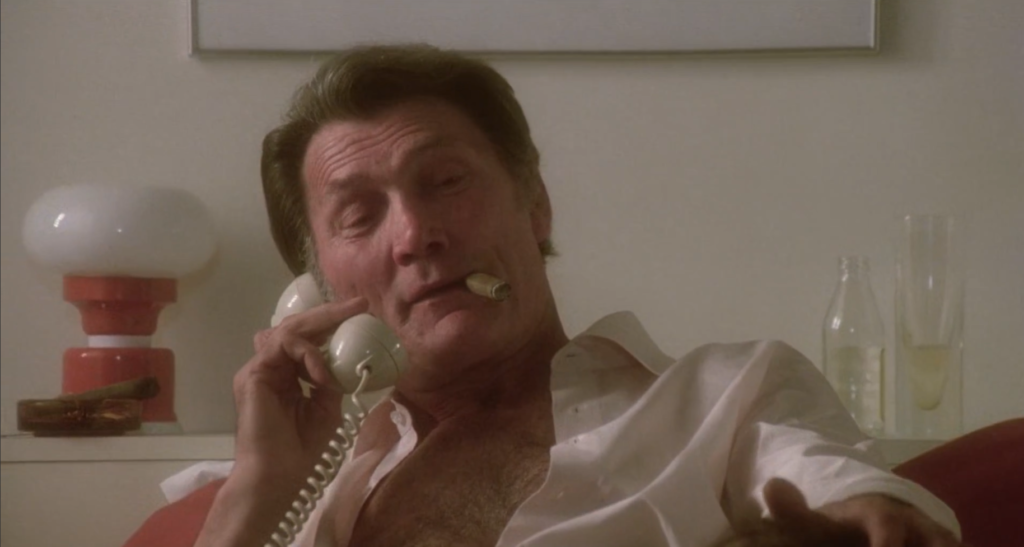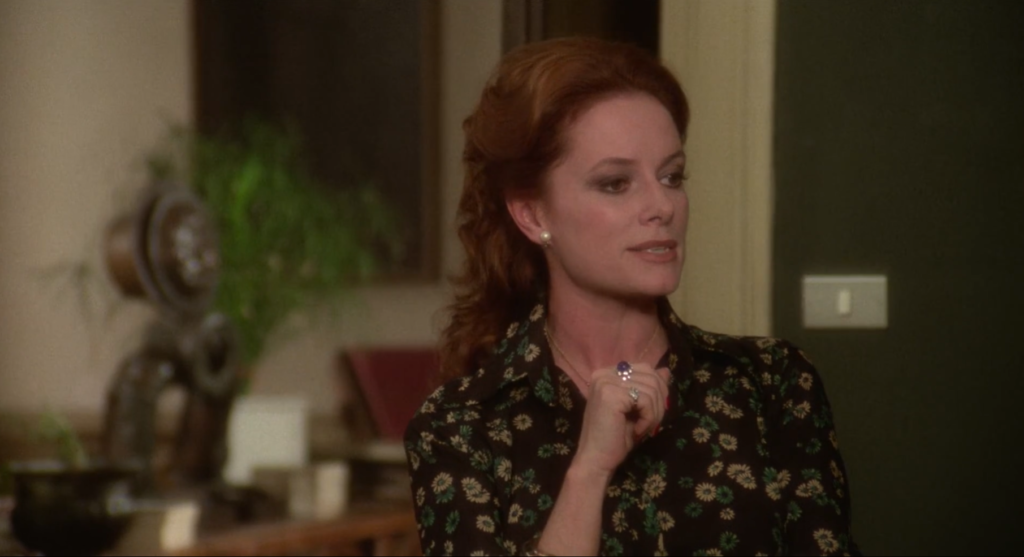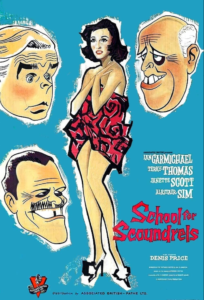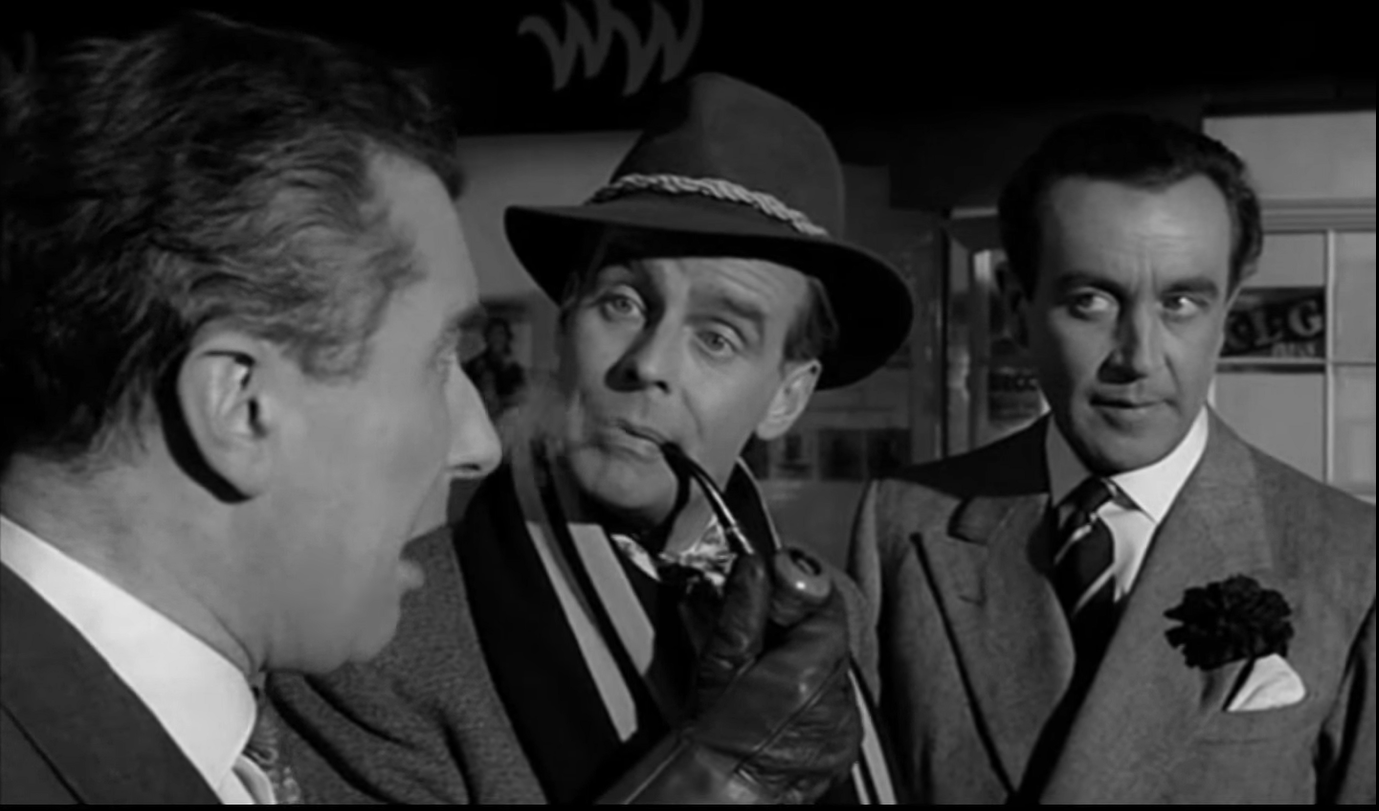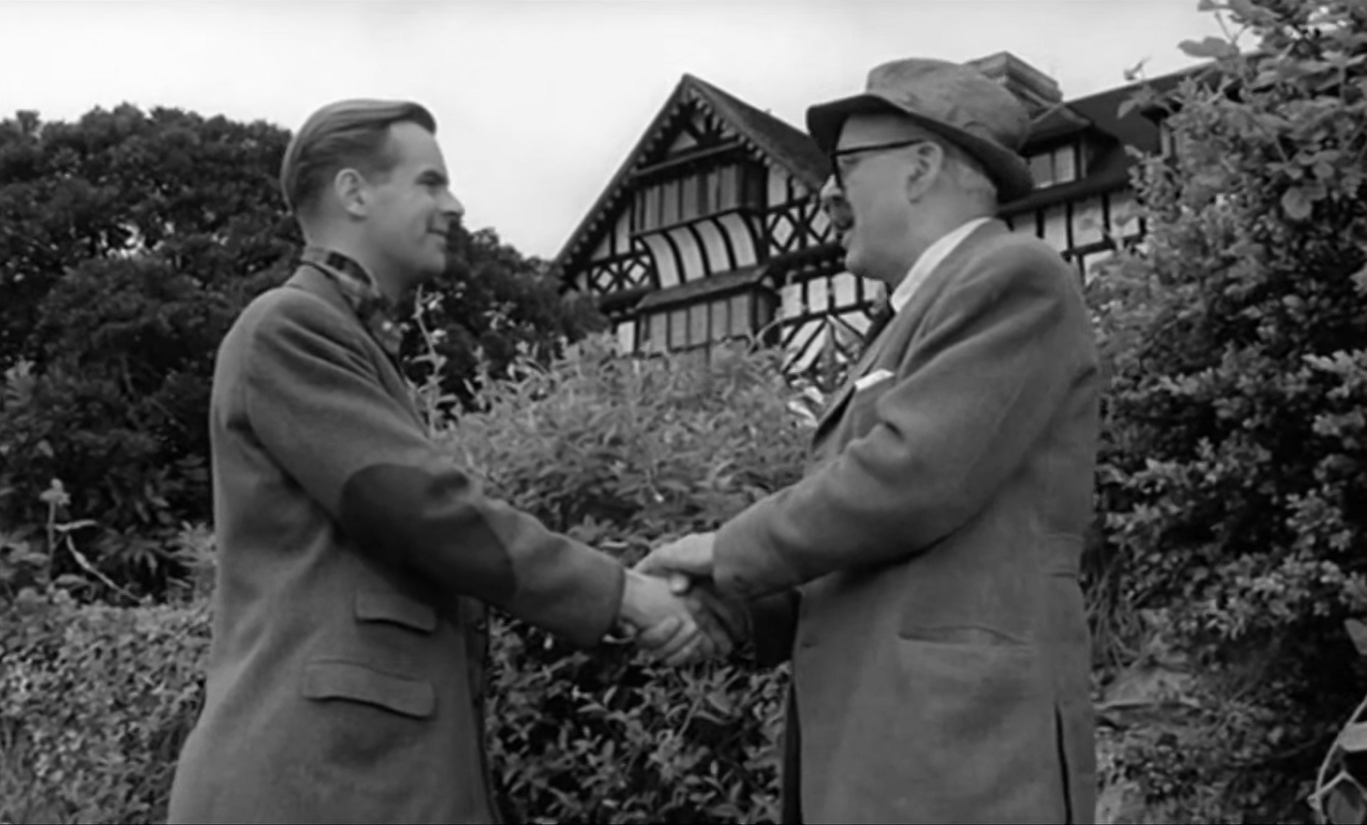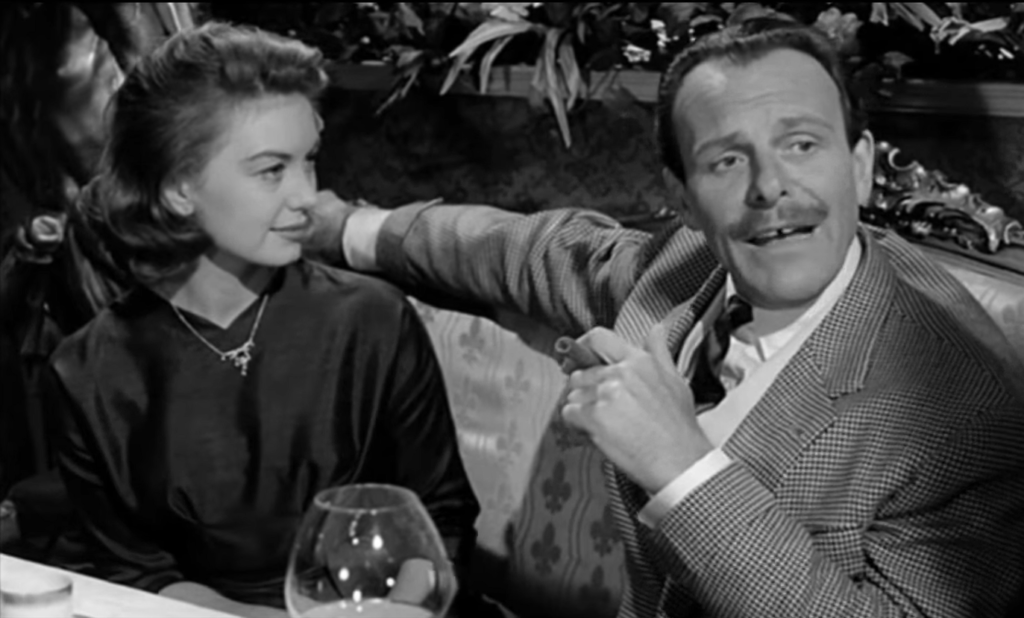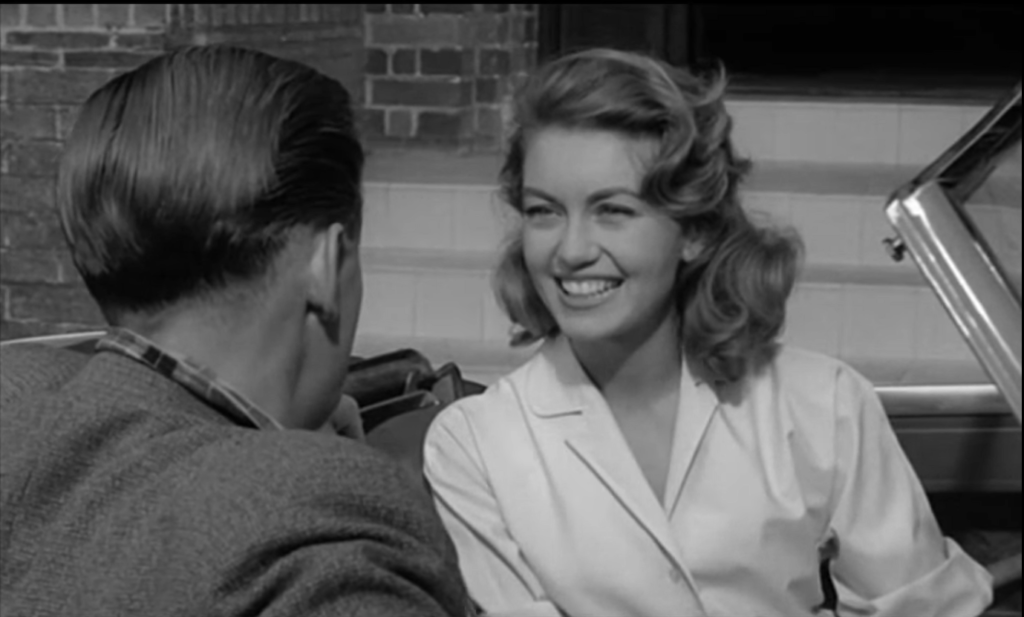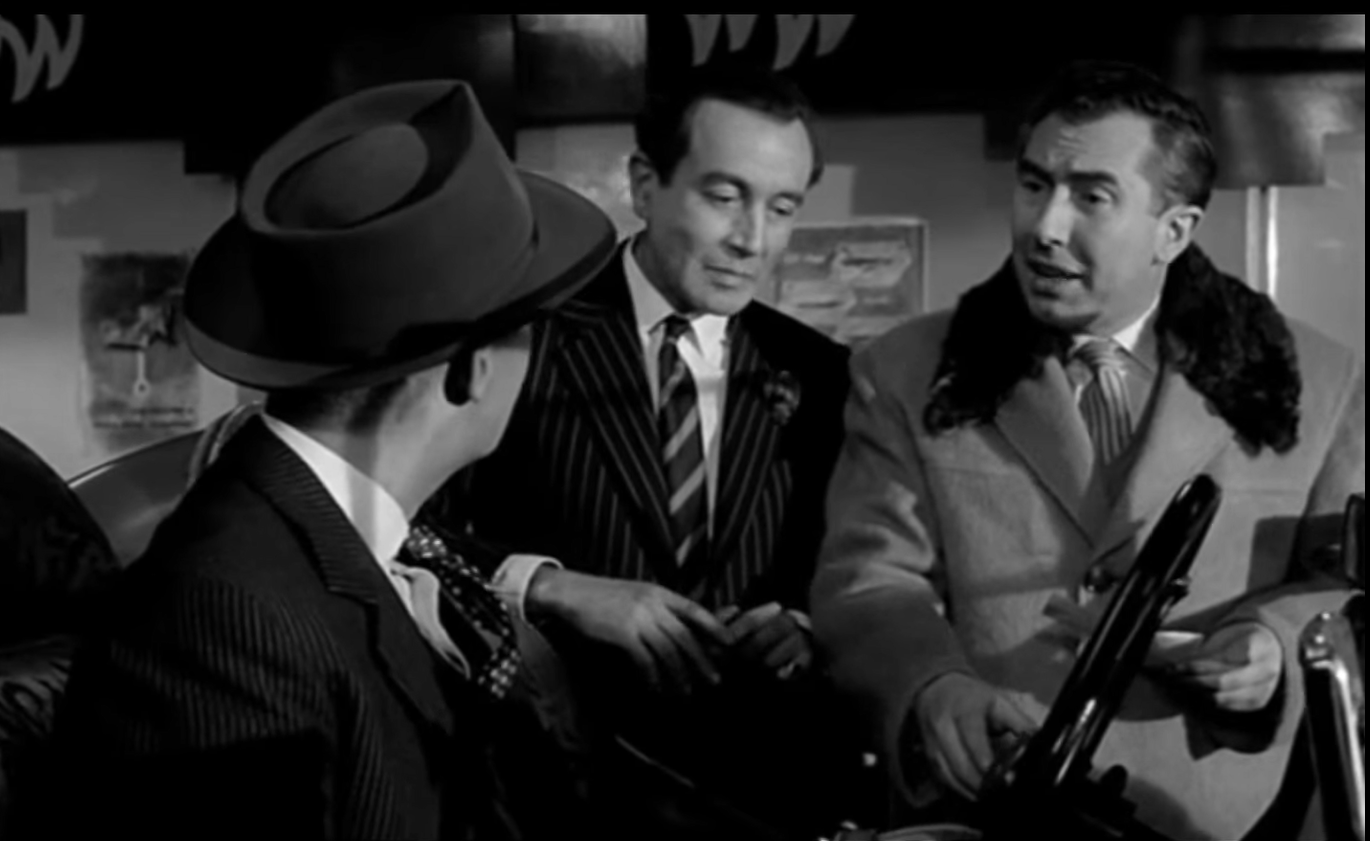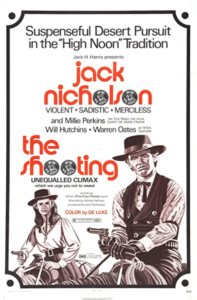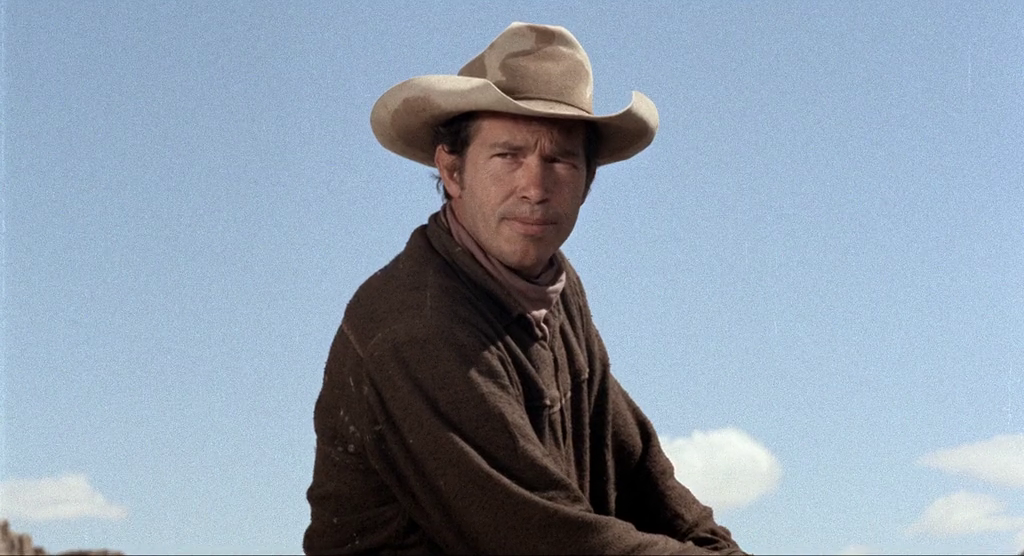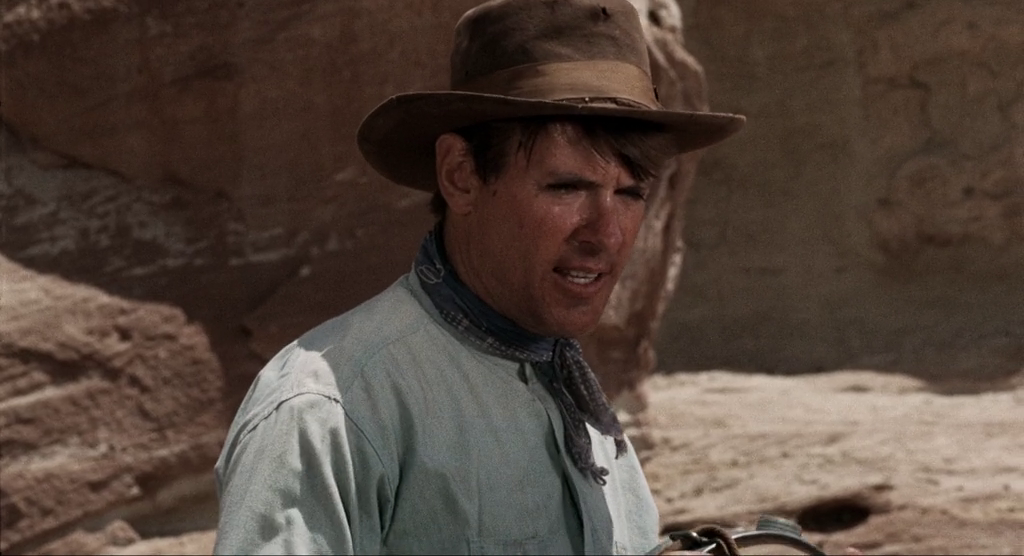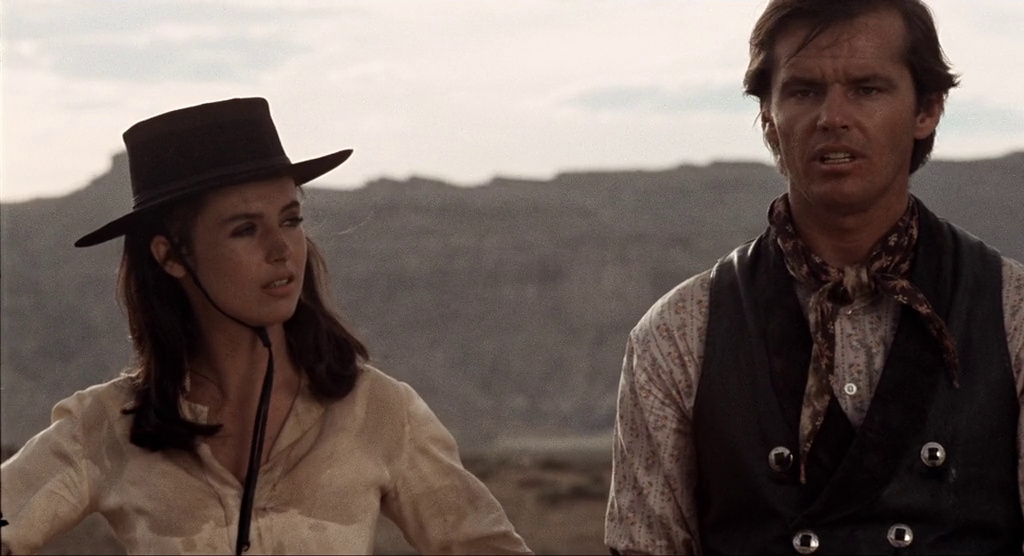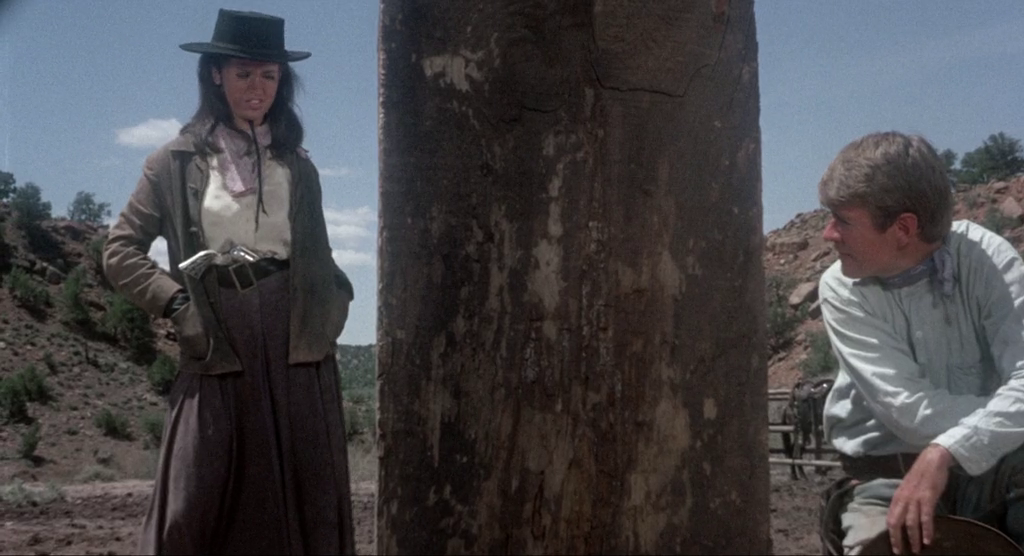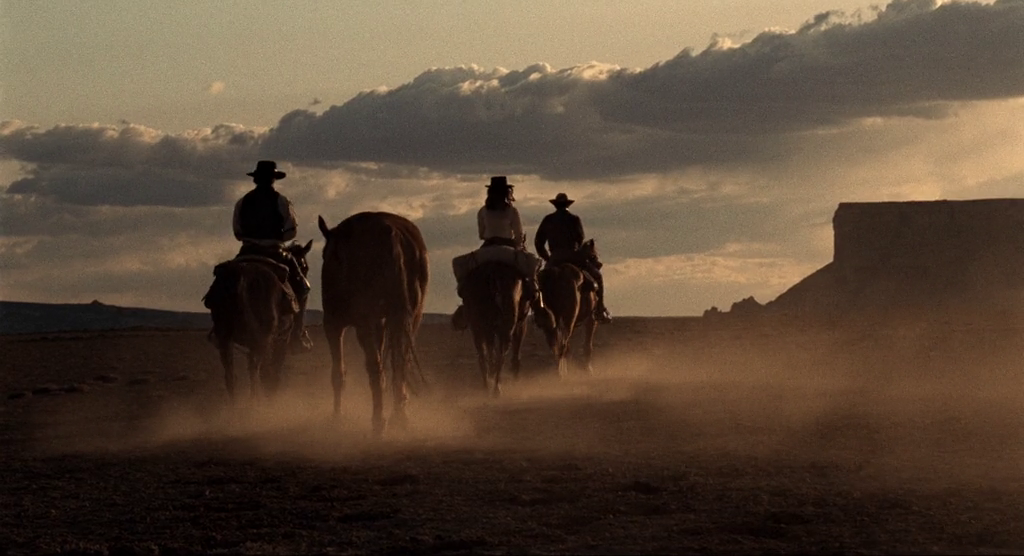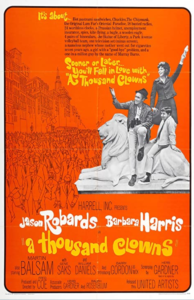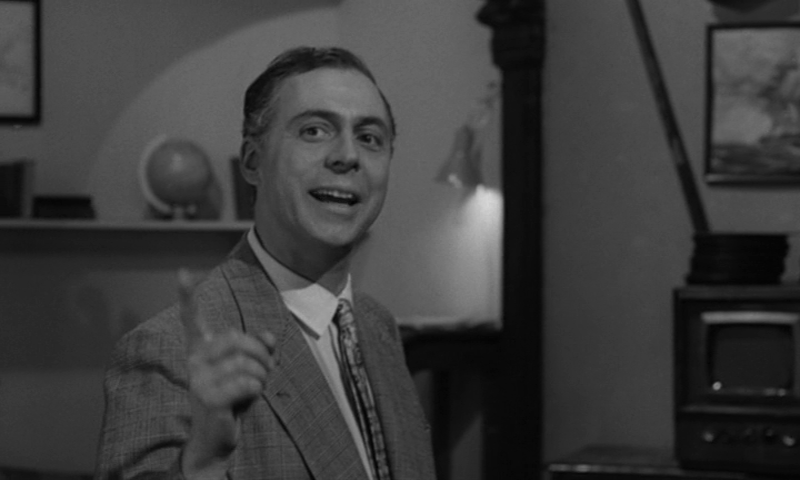|
Genres, Themes, Actors, and Directors:
- Actors and Actresses
- Dick Powell Films
- Flashback Films
- Gloria Grahame Films
- Hollywood
- Kirk Douglas Films
- Lana Turner Films
- Movie Directors
- Paul Stewart Films
- Vincente Minnelli Films
- Walter Pidgeon Films
- Writers
Response to Peary’s Review:
Vincente Minnelli directed this melodramatic look at the challenges of working within the Hollywood studio system, as personified by the first part of the film’s title (“bad” — i.e., ruthless — Douglas playing a thinly veiled version of David O. Selznick):

… and certainly populated by plenty of the second part (“beautiful” people):

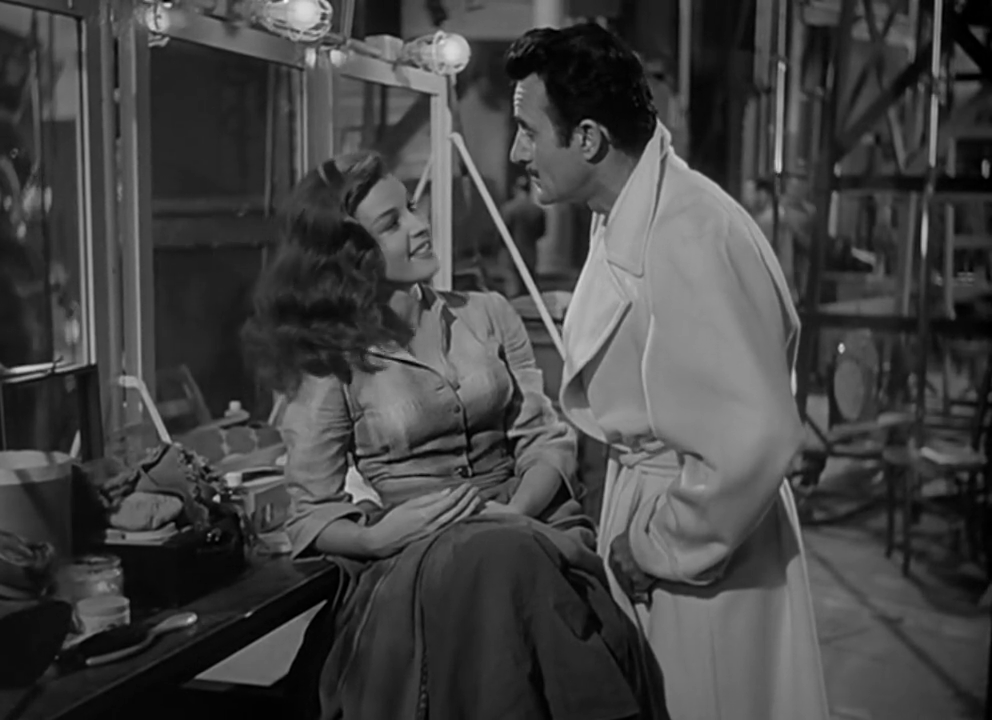
Unfortunately, the entire construct of embittered but now-successful Sullivan, Turner, and Powell being pulled together to work again with Douglas doesn’t quite ring true as anything other than a narrative crutch:
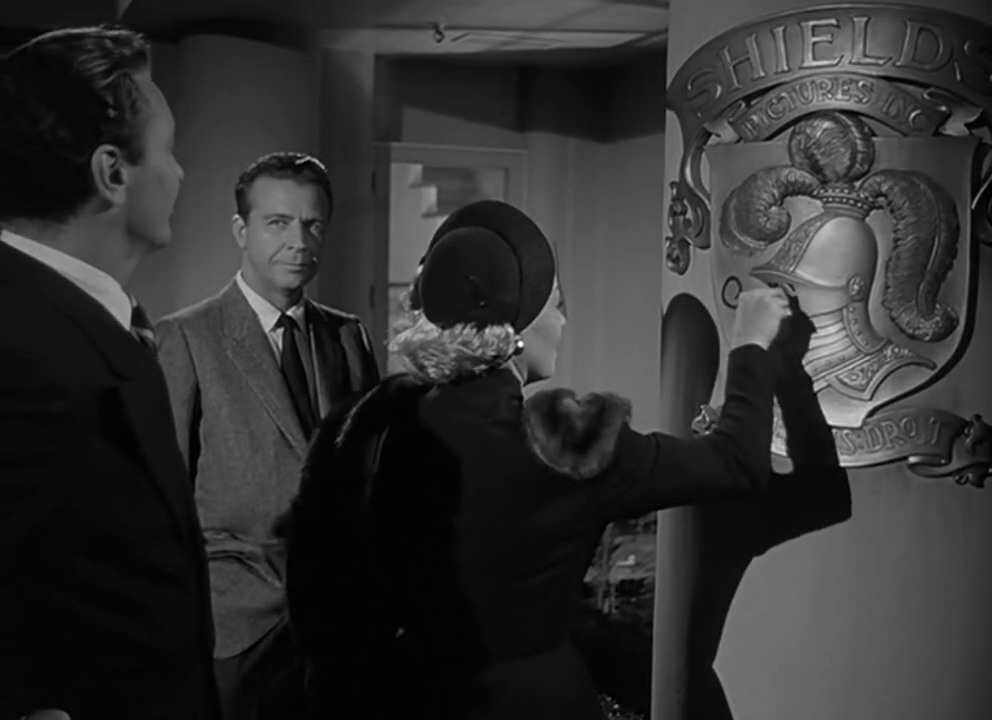
… and the pacing of the various flashback plotlines feels off, especially the sudden appearance of Powell and his Southern-belle wife (Gloria Grahame):
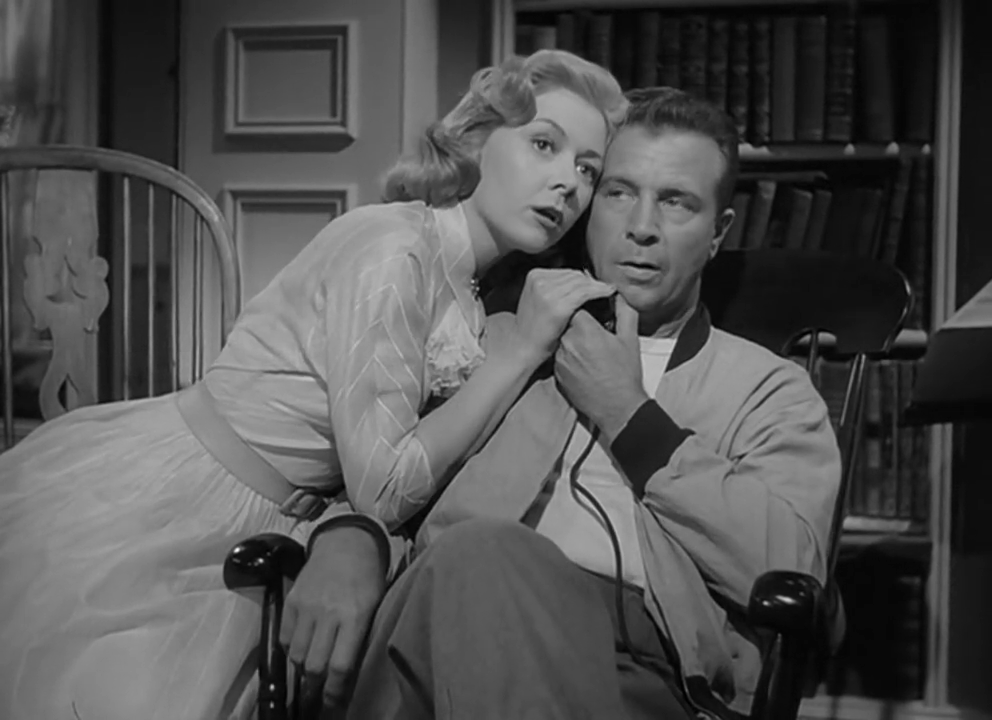
Meanwhile, Turner’s performance is — well, typical of her work more broadly:
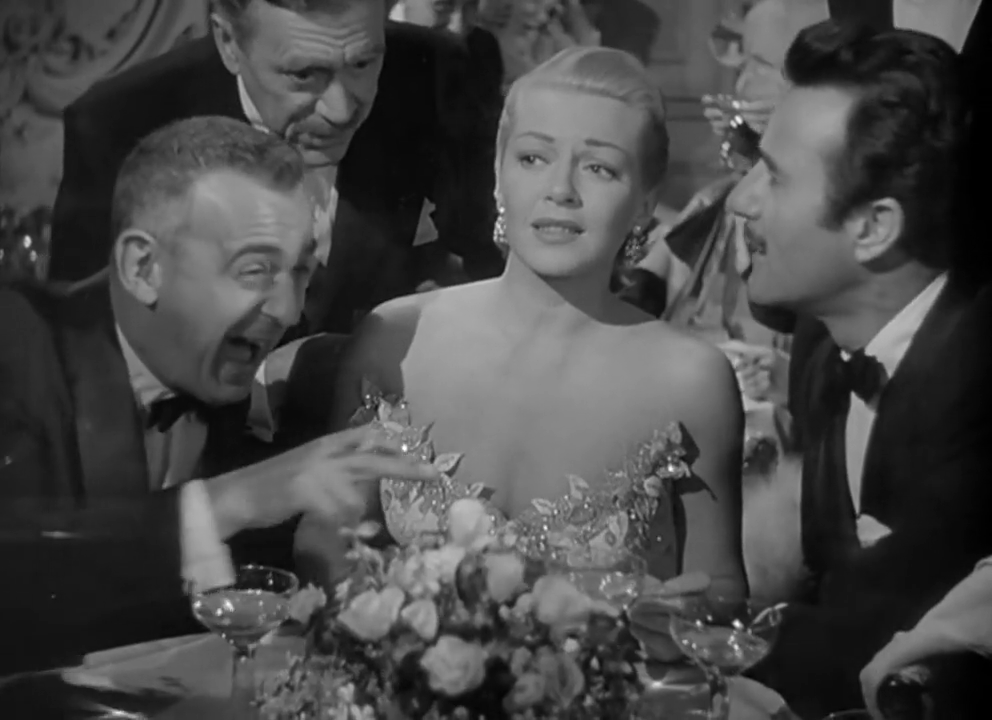
… though camp enthusiasts will likely appreciate her stand-out moment of hysteria during a car ride in the rain:

Peary nominates Douglas for an Alternate Oscar as one of the Best Actors of the Year:
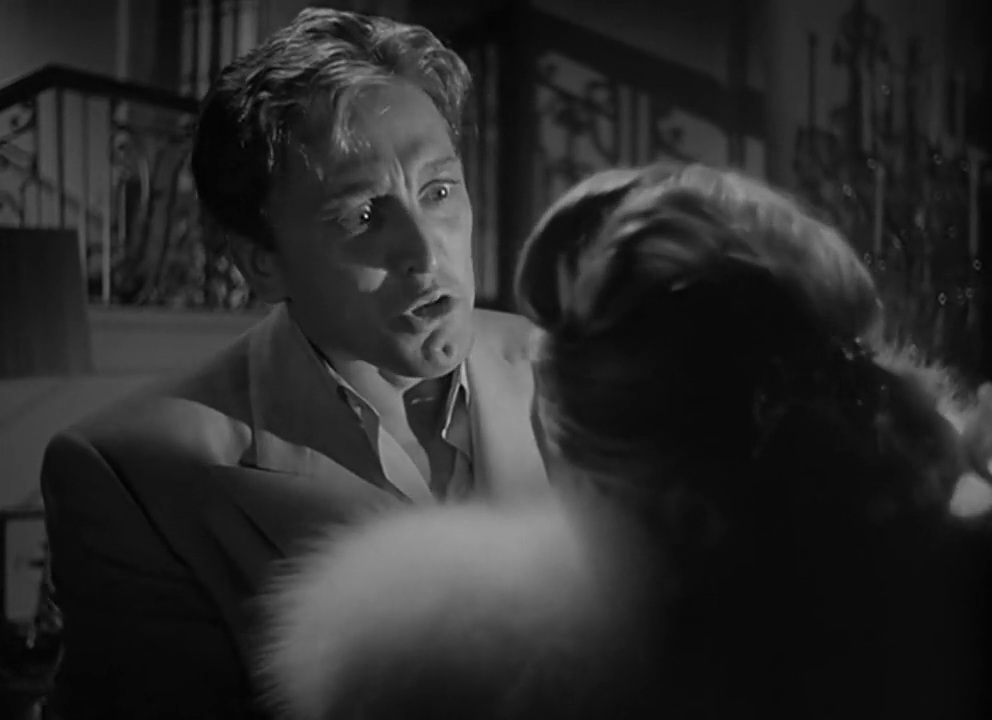
… and he certainly embodies this type of success-at-any-cost individual perfectly. Film fanatics will likely be curious to check this film out once, given its five Academy Award wins, but I don’t think it’s must-see viewing.
Redeeming Qualities and Moments:
- Robert Surtees’ cinematography
 


- Gloria Grahame as Rosemary (I’m glad she won an Oscar for her work, as short as it is here)

Must See?
No, but it’s worth a one time look. Listed as a Personal Recommendation in the back of Peary’s book. Selected by the U.S. Library of Congress in 2002 for preservation in the National Film Registry as “culturally significant”.
(Listed in 1001 Movies You Must See Before You Die)
Links:
|

